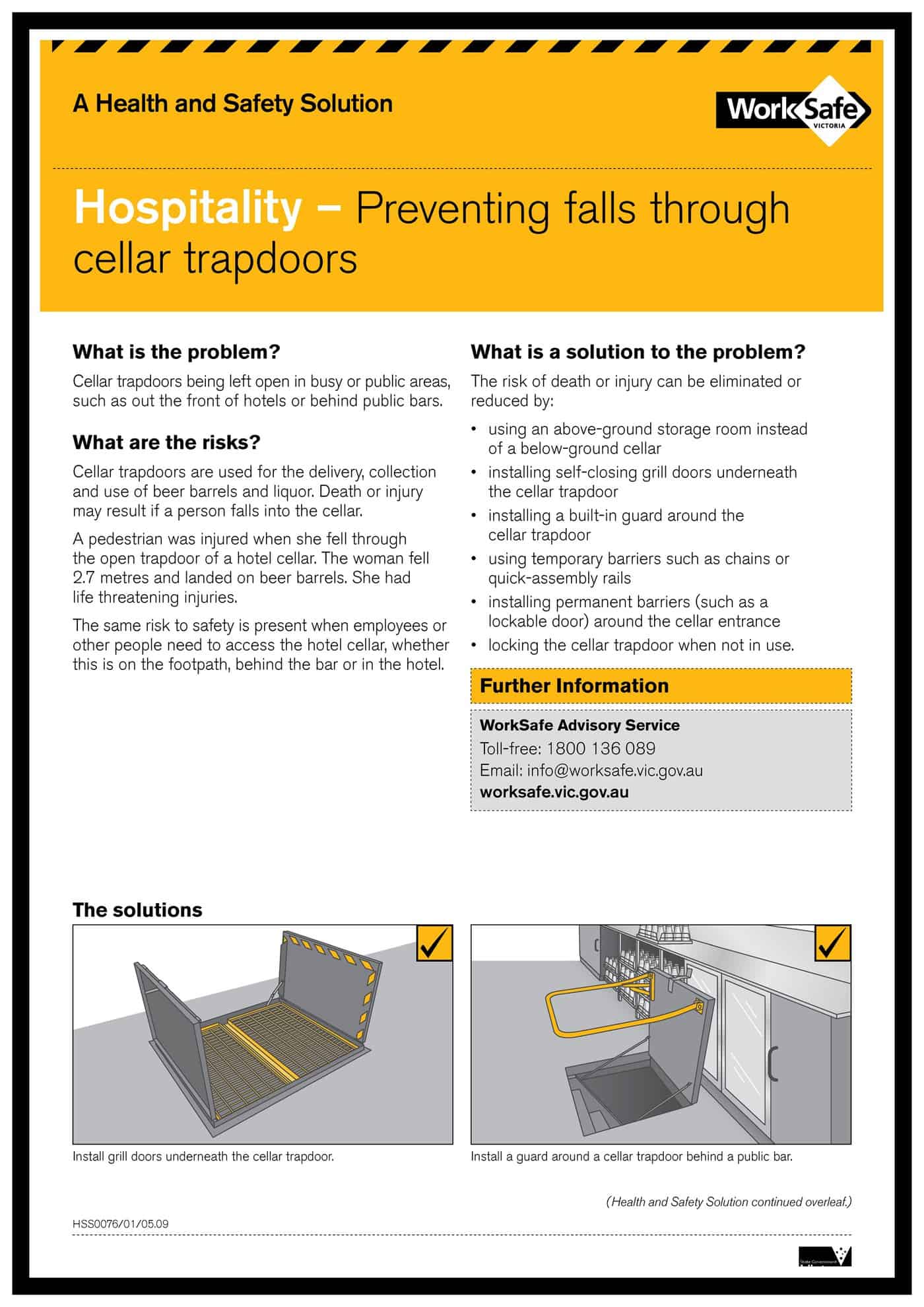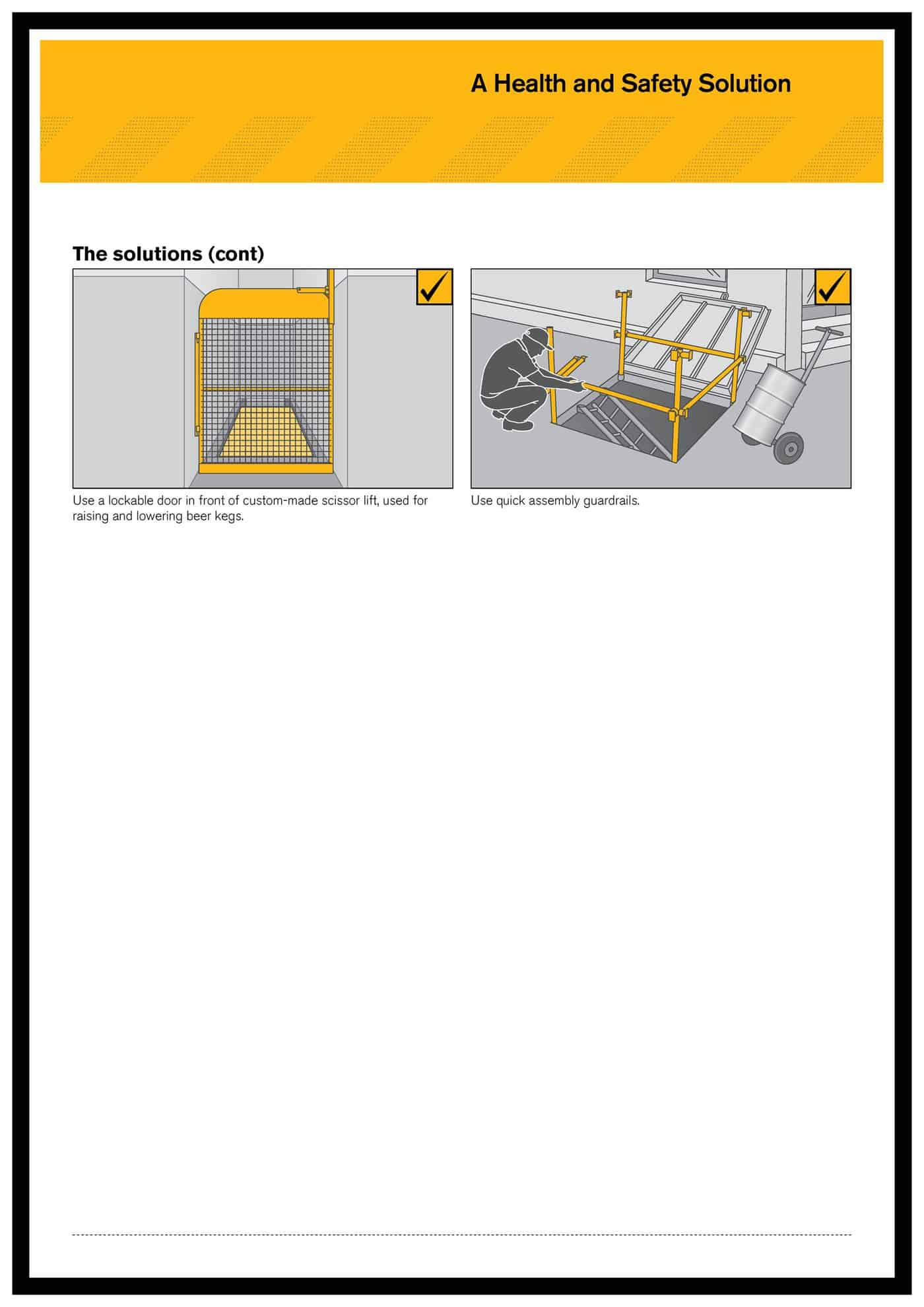The public comment phase of Australia’s review of its OHS law harmonisation process begins in September 2009. To a large degree it is at this stage that the stakeholders can start refining their horse-trading. It will also be interesting to watch as the distraction of the new industrial relations legislation has gone since that law was introduced.
Safe Work Australia is using the traditional limited consultative troika – government, employers and unions, and will need to give public submissions considerable weight to balance interests.
Two of the employer groups have already started setting out some guidelines and expectations.
 A statement from the CEO of the Minerals Council of Australia (MCA), Mitchell Hooke, was released on 14 August 2009. The only new element of the media release was
A statement from the CEO of the Minerals Council of Australia (MCA), Mitchell Hooke, was released on 14 August 2009. The only new element of the media release was
“The MCA has called for the National Mine Safety Framework to form the basis of national minerals-industry specific regulation within the Model OH&S Act.”
One of the aims of the harmonisation movement is to minimise regulations for specific industry sectors.
The Australian Chamber of Commerce & Industry was more expansive in its statement of 5 August 2009. The ACCI overstates the cost burden of OHS legislation in each State. The Model OHS Law Review Panel found overwhelming similarities between the legislations but acknowledged that the variations would be difficult to resolve.
 The following quote from the ACCI statement illustrates the value of the ACCI perspective and also its major shortcoming.
The following quote from the ACCI statement illustrates the value of the ACCI perspective and also its major shortcoming.
“However, harmonisation of legislation is not of itself the solution to the compliance burden problem, but rather it will be the final content and quality of the model legislation and the approach to its implementation and enforcement that will be the critical determinants as to whether or not productivity gains are in fact realised in practice.”
It is accurate to say that the success of the legislation will be gauged by its implementation and enforcement. However, the conservative ideology of the ACCI is on show when it states that the harmonisation is intended to provide productivity gains. OHS legislation’s first aim should always be to improve the safety and health of the workforce which, in turn, increases productivity.
ACCI and other employer associations too often jump the safety element and go straight to productivity yet it is the safety of employees that is by far the greatest value that employers share with the community and the unions. Elsewhere in the ACCI statement, the importance of safety is acknowledged but the communication of priorities is muddled.
The ACCI also says “OHS laws should never be used as a vehicle to drive other agendas,” and then goes on to push issues of industrial relations and union behaviour that are not the core focus of the OHS model legislation process.
The ACCI statement closes on a more philosophical approach to OHS. It talks about “cooperative development”, “safety culture” and “continued engagements” but its own cooperation can be seen as conditional in the majority of the statement.
There is one statement that all involved in OHS law reform should consider. The ACCI states that practical and easily understood regulation is required.
“This is particularly important for the majority of employers who operate only in one jurisdiction and who will not receive a direct productivity benefit under harmonisation but who will bear the cost of understanding and complying with a new OHS Act and regulations.”
Not much will change for those companies who operate in a single State of Australia. It is also useful to note that the vast majority of businesses in Australia are small- and micro-businesses for whom all of this national hoo-ha is almost totally irrelevant.
The Australian Bureau of Statistics said in a webpage that was updated in September 2008 that
“Small businesses comprise the vast majority of Australian businesses. The importance of the small business sector to the Australian economy is recognised by researchers, government and policy makers as well as the business community as a whole. It is acknowledged that the characteristics and business drivers of small business are potentially very different to those of larger businesses and as such require specific, targeted policy initiatives. Central to the development of effective policy initiatives is a sound understanding of the nature and characteristics of this sector of the business economy.”
The employer associations do not represent the largest employment sectors in Australia – small businesses, micro-businesses and home-based businesses. Nor do the trade unions. So who exactly are the biggest beneficiaries of this whole OHS harmonisation process?


